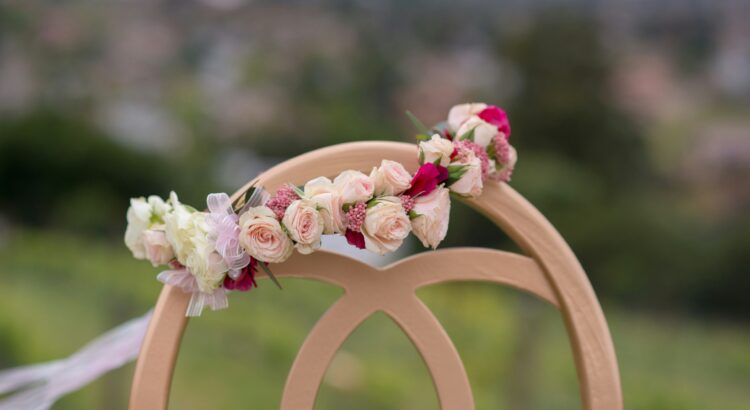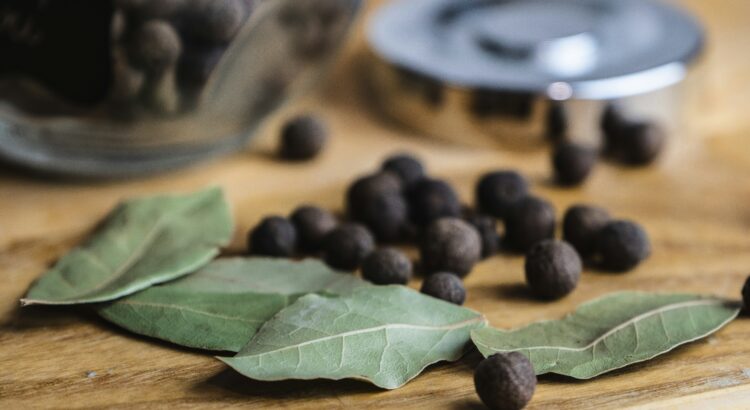As part of my ongoing journey into learning about different religions and traditions, I’ve been especially drawn to Wicca lately. One thing I love is how closely Wiccans connect their celebrations to the natural world—recognizing that the earth’s rhythms mirror our own. Every season has something to teach us.
The Solstice is the longest day and shortest night, when the sun is at its most powerful. In Wiccan tradition, it’s a time to celebrate abundance, warmth, light and play—a big, sun-drenched “thank you” to nature before the days start slowly getting shorter again. It’s also a great moment to pause, soak in the light, and plant a little joy in our lives before the growing season begins to tip toward harvest.
We leaned hard into the sunshine theme with a yellow feast that would make the sun itself proud. The table was full of sunny treats: Twinkies, Capri Sun, Goldfish crackers, bananas, oranges, etc.
Next, we made flower crowns to honor nature in full bloom. In Wicca, flowers are often used in rituals to represent beauty, growth, and fleeting moments. Making something with your hands that you’ll wear—even just for an hour—is a lovely way to stay present.
Then came the main event: the Sun Piñata! Stuffed with candies and sparkly trinkets, it was a big, happy burst of sunshine hanging from a tree. But we added a twist: a magical piñata challenge!
To take a swing, each person rolled a die, and the number they landed on determined their “weapon”:
- 🎲 1: Rubber chicken
- 🎲 2: Giant foam finger
- 🎲 3: Inflatable boxing glove
- 🎲 4: Child-size sword
- 🎲 5: Pool noodle
- 🎲 6: A banana (yes, really)
Watching the kids (and adults!) try to whack the sun with a banana or bop it gently with a foam finger had everyone howling with laughter. The silliness felt just right for this holiday.
In Wicca, the sun at its peak reminds us to shine bright, to play, to be bold, and to enjoy this high point in the wheel of the year. It’s also a great time to check in with ourselves: What are we growing in our lives? What’s blooming? What light do we have to share?
Happy Summer Solstice! Shine on.
Image Credit: Jenn Vazquez

